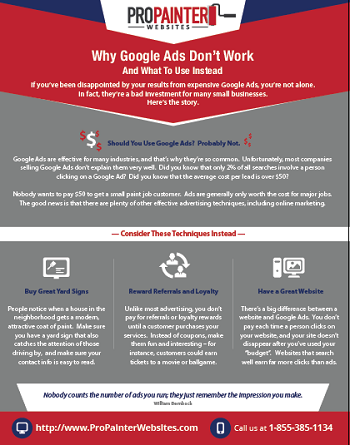Seasonal Consider Commercial Exterior Paint: Trick Insights You Need To Recognize
Seasonal Consider Commercial Exterior Paint: Trick Insights You Need To Recognize
Blog Article
Web Content By-Leach Urquhart
When you're planning a commercial outside painting project, seasonal elements can make or break your outcomes. You'll want to think about how temperature and humidity influence paint application and drying times. Choosing the best period can guarantee your paint sticks properly and lasts much longer. Yet which periods are absolutely the very best for this type of job? Let's explore the crucial elements that can influence your job's success.
The Effect of Temperature Level on Paint Application
When you're intending an industrial exterior paint project, the temperature level can substantially impact exactly how well the paint sticks and dries out.
Ideally, look at here now intend to repaint when temperatures vary in between 50 ° F and 85 ° F. If it's too cool, the paint might not cure effectively, resulting in concerns like peeling off or cracking.
On the other side, if it's as well warm, the paint can dry out also promptly, protecting against correct attachment and resulting in an uneven finish.
You need to also take into consideration the time of day; morning or late afternoon supplies cooler temperature levels, which can be more desirable.
Constantly inspect the producer's referrals for the particular paint you're using, as they typically offer guidance on the ideal temperature range for optimal results.
Moisture and Its Impact on Drying Times
Temperature isn't the only ecological variable that influences your industrial exterior painting job; humidity plays a significant role also. High humidity degrees can slow down drying out times substantially, impacting the overall high quality of your paint job.
When the air is saturated with moisture, the paint takes longer to cure, which can result in problems like inadequate adhesion and a higher threat of mold growth. If you're repainting on a specifically damp day, be prepared for prolonged wait times between layers.
It's important to keep track of regional weather conditions and plan as necessary. Preferably, aim for humidity degrees in between 40% and 70% for optimal drying.
Keeping these factors in mind ensures your job remains on track and delivers a long-term surface.
Best Seasons for Commercial Exterior Painting Projects
What's the most effective time of year for your commercial outside painting projects?
Spring and very early loss are generally your best options. Throughout these periods, temperature levels are light, and moisture levels are frequently lower, producing optimal conditions for paint application and drying out.
Prevent summer's intense heat, which can create paint to completely dry also rapidly, resulting in inadequate bond and surface. Similarly, winter season's cold temperature levels can prevent proper drying out and treating, taking the chance of the long life of your paint task.
Go for https://housepaintersnearme55421.laowaiblog.com/33326788/choosing-the-most-effective-home-painters-unveiling-the-tricks-to-an-eye-catching-home-spruce-up with temperature levels between 50 ° F and 85 ° F for optimum outcomes. Keep in how to clean paint brushes latex to examine the local weather forecast for rainfall, as damp problems can spoil your project.
Preparation around these aspects guarantees your paint project runs efficiently and lasts much longer.
Verdict
Finally, preparing your commercial outside paint jobs around seasonal considerations can make a significant difference in the end result. By organizing job during the ideal temperature levels and moisture levels, you'll make certain far better adhesion and drying times. Bear in mind to watch on regional weather forecasts and pick the correct time of year-- springtime and very early loss are your best options. Taking these actions will certainly aid you accomplish a resilient and professional surface that lasts.
